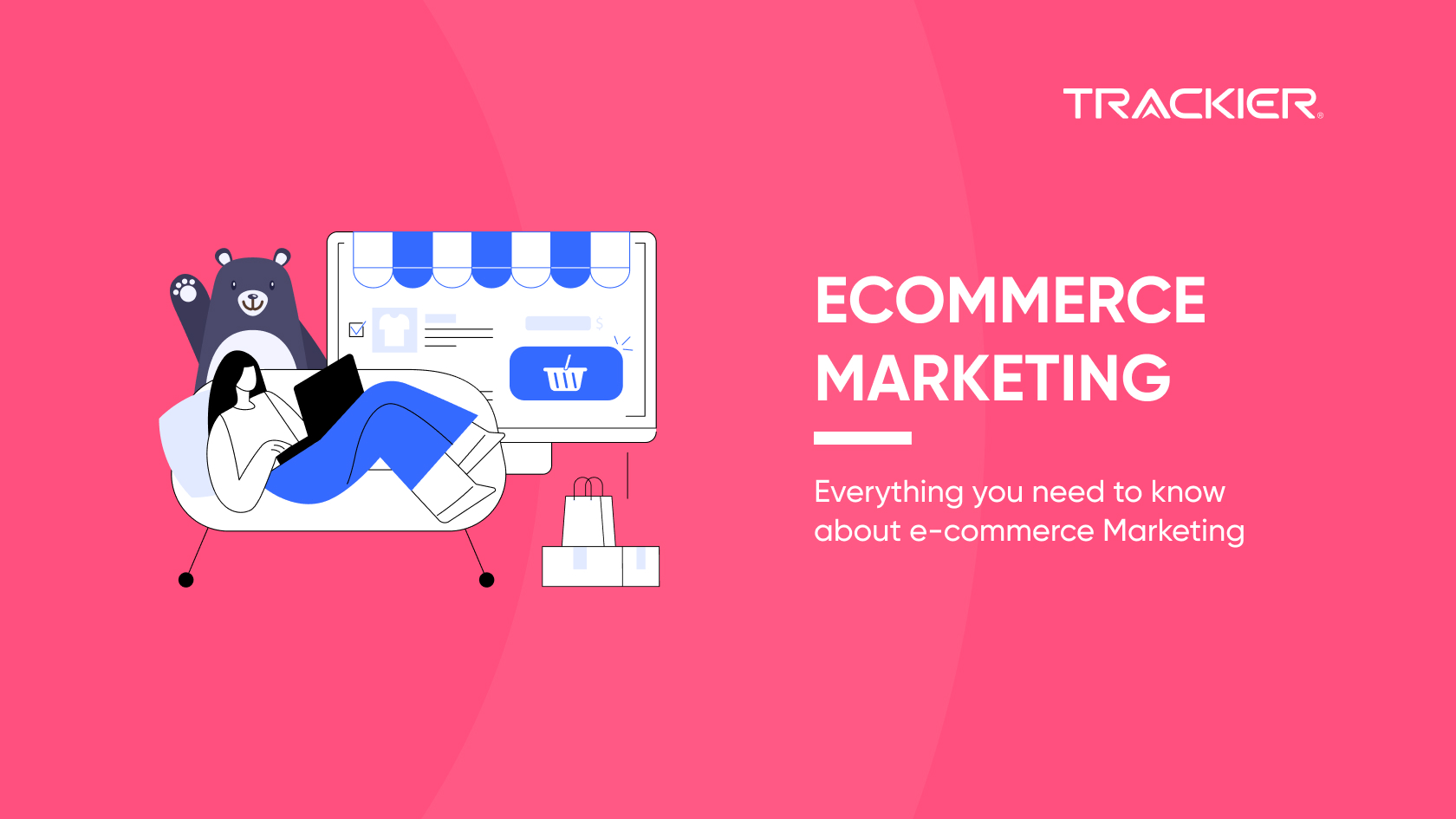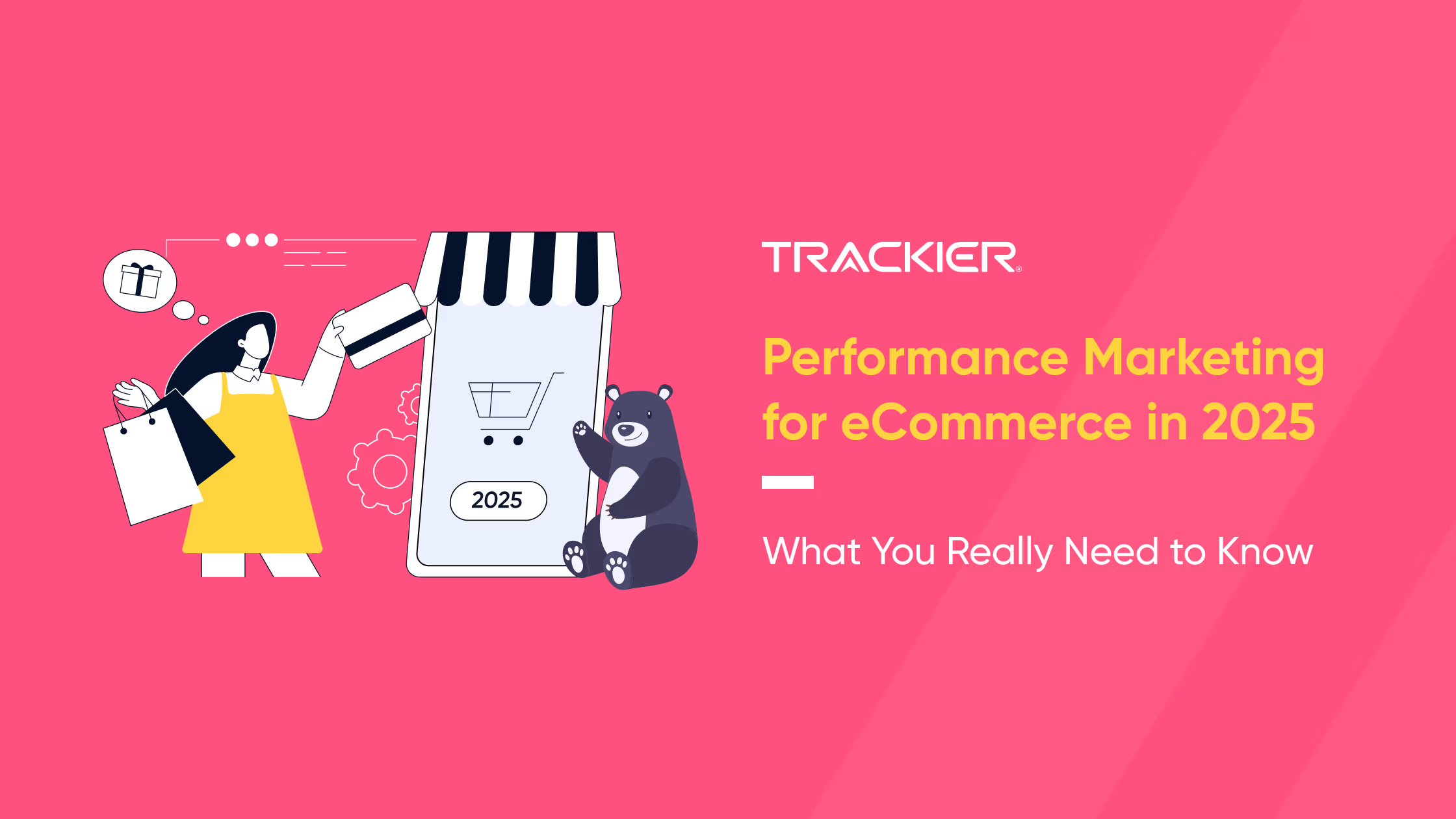Content Commerce has been growing steadily for some years. Not surprisingly, as we are moving into a cookieless world and witnessing the inevitable decline of advertising, there will be an alternative, much more authentic means of reaching audiences. For marketers, brands, and customers, though, content commerce is providing solutions at all ends. Commerce content, in addition, generates substantially more money per visitor than ads do.
However, the ability to work with brands to increase affiliate commissions based on performance makes it a desirable choice for all parties involved.
Let us understand how content commerce marketing works, look at its working, and content commerce benefits, and learn how you can get started with content commerce for your brand.

What is Content Commerce?
The most obvious definition of content commerce is when a business publishes and distributes content to sell products through digital channels such as an online store.
However, that is not enough. To give customers the best possible shopping experience, content-driven commerce requires thoughtful integration of content into the purchasing process.
From the initial idea, through selecting and buying the product, to use of the product after buying it, content must support the entire digital customer journey. Customers need to have available to them all the content they need at all times and by any digital means.
Why is content commerce becoming increasingly important?
Sounds simple enough, but as significant parts of customer journeys continue to move into digital channels, more and more consumers are shopping online.
The closure of the local stores in the COVID-19 pandemic accelerated this pattern.
Manufacturers and retailers need to give their customers an identical shopping experience online as in their brick-and-mortar stores: without personal sales staff and without customers able to touch and try out products.
Manufacturers and retailers, therefore, have to offer their customers an online shopping experience that is at least as good as one in physical stores, given that there is no personal salesperson and customers cannot touch and try out products.
Online stores that are only simple product catalogues with a checkout process are insufficient for this. High-quality customer experiences can only be “recreated” using content, which includes texts, images, videos, and interactive elements.
This ranges from fashion to travel and then to technical product advice. Many customers doubt their choices. Customers are asked the questions they should have asked so many times to settle their dilemmas. Content is just good enough to satisfy their questions and answers.
Customers also increasingly want more than just information when they shop, such as entertainment and inspiration. In terms of offering and performance, it’s nearly impossible to compete with eCommerce behemoths like Amazon or major brands.
There are many interchangeable products. However, original content gives one the chance to stand out from the competition and draw clients to their brand.
How Does Content Commerce Work?
The most common form of monetization of commerce content is affiliate marketing. Affiliate marketing is the most common form of monetizing commercial content. In most cases, each piece of commercial content referring to a product also contains an affiliate link that directs the customer to the page on the brand’s website.
Using an affiliate link allows brands to identify which publisher referred the customer who made a purchase.
Check out our blog on How You Can Earn More as an Affiliate Marketer.
Besides owning traffic channels such as email, Twitter, and Instagram, publishers also leverage buyer-intent keywords to drive traffic to their websites. For brands to work with publishers, commerce content is a particularly appealing model. This is because the publisher’s compensation is mainly based on performance.
To generate their entire income from affiliate commissions, some publishers may create free commercial content about a brand’s products. Because of this, partner marketing that uses commerce content is especially a low-risk model.
84% of businesses believe that affiliate marketing offers a better ROI than other channels, due to the low risk and minimal effort required to get started.
To cover their costs and efforts in producing the content, larger and more reputable publishers might still demand upfront payment. Publishers are frequently sent free product samples so they can write a real, in-depth review.
Also, brands creating an affiliate marketing program will require some basics, like tracking software to track referrals. But after it’s live, and tracking is in place, the content will continue to generate leads and sales year after year.
Brands and publishers will eventually develop a long-term, mutually profitable relationship in which they collaborate on specific marketing campaigns and split the sales growth.
How to Get Started with Content Commerce?
- Audience research
It’s always important to ask your audience for the preferred brands and products or even to use an audience research tool.
- Build lasting relationships with brands
Use known affiliate networks to connect to your audience once you know which brands they are already familiar with.
- Clearly define your objectives and success criteria.
Define what an ROI-positive outcome is and how long you are willing to wait to get results before starting to write your first piece of content.
- Establish appropriate tracking and attribution
Before publishing, get your site on a platform like Trackier so that you can track how your content performed and know which strategies led to conversion.
- Create and share your commercial content.
Stick to your normal editorial workflow, but don’t forget to add a few extra steps like testing your affiliate links and creating the page so that it has a high click-through rate.
- Keep track of your KPIs
Monitor the critical KPIs for affiliate publishers, like clicks and EPC after publishing.
Do you need Commerce Content Marketing for your Brand?
Commerce content is harder to monetize than strictly information-based content that is monetized through display ads.
But it’s also a content monetization method that’s likely to emerge from the shifting privacy landscape largely unscathed. There’s no safer bet for a media publisher than the ability to email-push time-sensitive commerce content to your audience.
- Three things you need to remember:
- Diversify your revenue streams.
- Invest in long-term partnerships.
Be data-driven in your content, ensuring a stable scalable revenue stream through the media business.
Learn how attribution in affiliate marketing can contribute to higher ROIs with our solutions for the tracking and administration of your affiliate channel on Trackier- real-time analytics for campaigns across one integrated dashboard.







